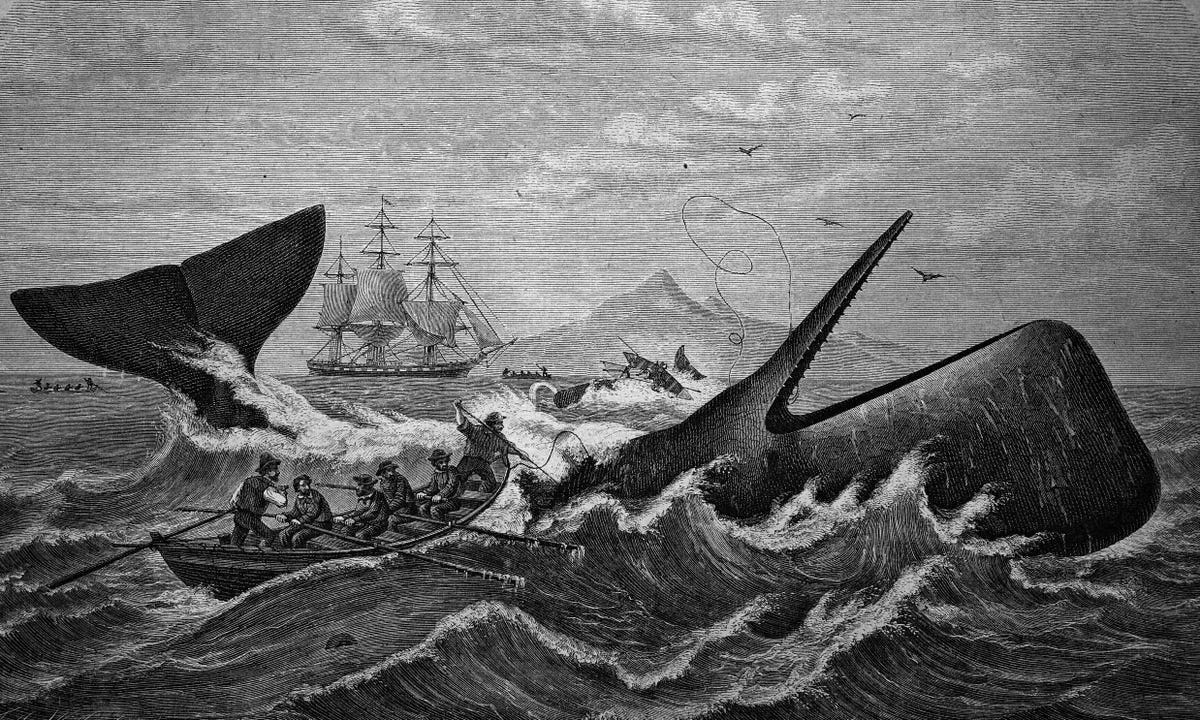"If literary fiction is a corpse, it’s a wonderfully animated one."
Gerald Howard in the New York Times
From my first day at work as a junior editor at a big paperback house in 1978 to the day I retired not long ago, the sky was always falling in respect to the financial viability of books of depth and ambition. The only difference from one year to the next was the perceived rate at which it was falling.
In the late 1970s the big worries were that the rise of chain bookstores and the new corporate ownership of family-owned publishing houses would mean the end of quality books and a race to the best-selling bottom. Neither of these outcomes came to pass. With predictable regularity the word would come down from the corner offices to the editorial corridor that we were publishing too many “small” novels and needed to cut back. Sometimes we even did — for a while.
I remember the vogue in the ’60s and ’70s for critical essays predicting the imminent “death of the novel.” In Wilfrid Sheed’s mordant portrait of the protagonist of “The Minor Novelist,” he writes, “He tries to keep away from Sunday supplements which discuss the death of the novel. He has a theory that it is bad luck to read more than three articles on this subject a week.” Legions of M.F.A. grads can relate.
The whole piece is excellent and a much needed antidote to the doomerism. And for those who missed it, I wrote about the same topic recently.



Wonderful post. Thanks!
(That's all.)
Why are you constantly alerting me